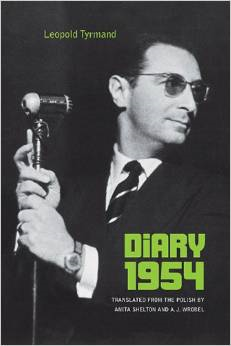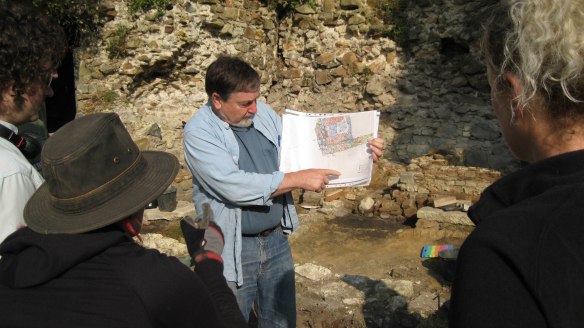On Friday, September 19, at 5:00 p.m. in the Doudna Lecture Hall, Professor Isabel Hull of Cornell University will present a talk titled “Rethinking the First World War through the Lens of International Law.” The lecture will be based on her recently published book, A Scrap of Paper: Breaking and Making International Law in the First World War (Cornell University Press.) Professor Hull will argue against the widely held view that the war was “nonsensical,” or “a great mistake.” Rather, the war emerged from the belligerents’ understandings of and relative adherence to international law.
Professor Hull (Ph.D., Yale, 1978) is John Stambaugh Professor of History at Cornell, where she has taught for her entire career. A specialist in modern and early modern German history, Hull has researched in different fields, including governmentality (The Entourage of Kaiser Wilhelm II), sexuality and politics (Sexuality, State, and Civil Society in Germany, 1700-1815), and military culture (Absolute Destruction: Military Culture and the Practices of War in Imperial Germany). Professor Hull is a member of the American Academy of Arts and Science and was recently awarded the first Research Prize of the Max-Weber-Stiftung/Historisches Kolleg for her life’s work in the field of German history.







